Study reveals that <£1m and >£150m firms pay proportionally more in regulatory costs
The largest and smallest brokers bear the biggest regulatory cost burdens proportionate to their size, new Biba research shows, writes David Blackman.
The study, one of two linked pieces launched this week by the association at the House of Commons, shows that firms with a turnover of less than £1m pay regulatory costs equating to about 3.6% of total turnover.
But brokerages with revenues of more than £150m pay 3.1% of turnover in these costs – more than firms with turnovers of between £100m and £150m.
Smaller firms suffer because the FSA’s fixed fees represent a relatively bigger chunk of their turnover.
Meanwhile, the report shows the sector’s largest companies are likely to be saddled with additional indirect regulatory costs, such as having to employ compliance teams to deal with the FSA’s more intensive supervisory requirements for larger brokers.
It says that larger companies, under the FSA’s Threshold Condition Four rules, are also more likely to be required to hold capital above the prescribed level in case of business failure.
Some firms were given as little as a few days to find this additional capital, according to the Biba research, which was carried out by consultancy Charles River Associates.
The research also demonstrates that UK brokers’ average regulatory costs are three times those in Ireland – the EU member state with the next highest level of fees and levies.
The report concludes that the increasingly intensive supervisory approach adopted by the FSA is not appropriate for brokers.
Biba head of compliance and training Steve White said: “It’s not right and it’s not acceptable. We should be entitled to an approach that is appropriate to the risk we pose.”
A linked piece of research into the insurance broking sector’s contribution to the UK economy – carried out for Biba by consultancy London Economics – estimates that UK insurance brokers’ aggregate income is £11.5bn per annum – equivalent to 0.7% of UK GDP.
When the knock-on impact of that spending on goods and services is taken into account, that figure increases to 1% – equivalent to the contribution of the agricultural sector to the UK economy.





























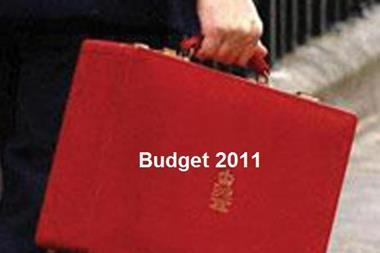
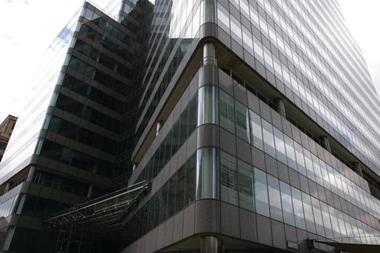
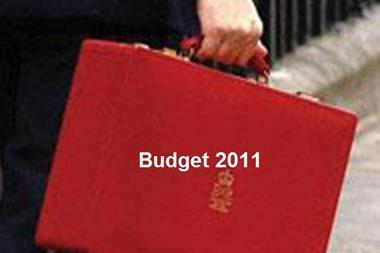

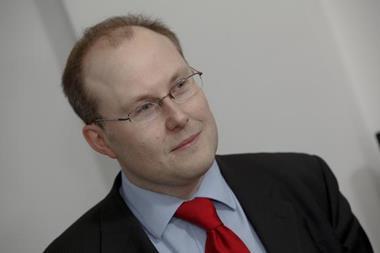
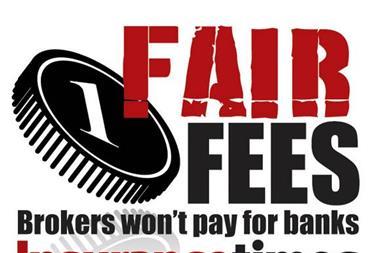



No comments yet